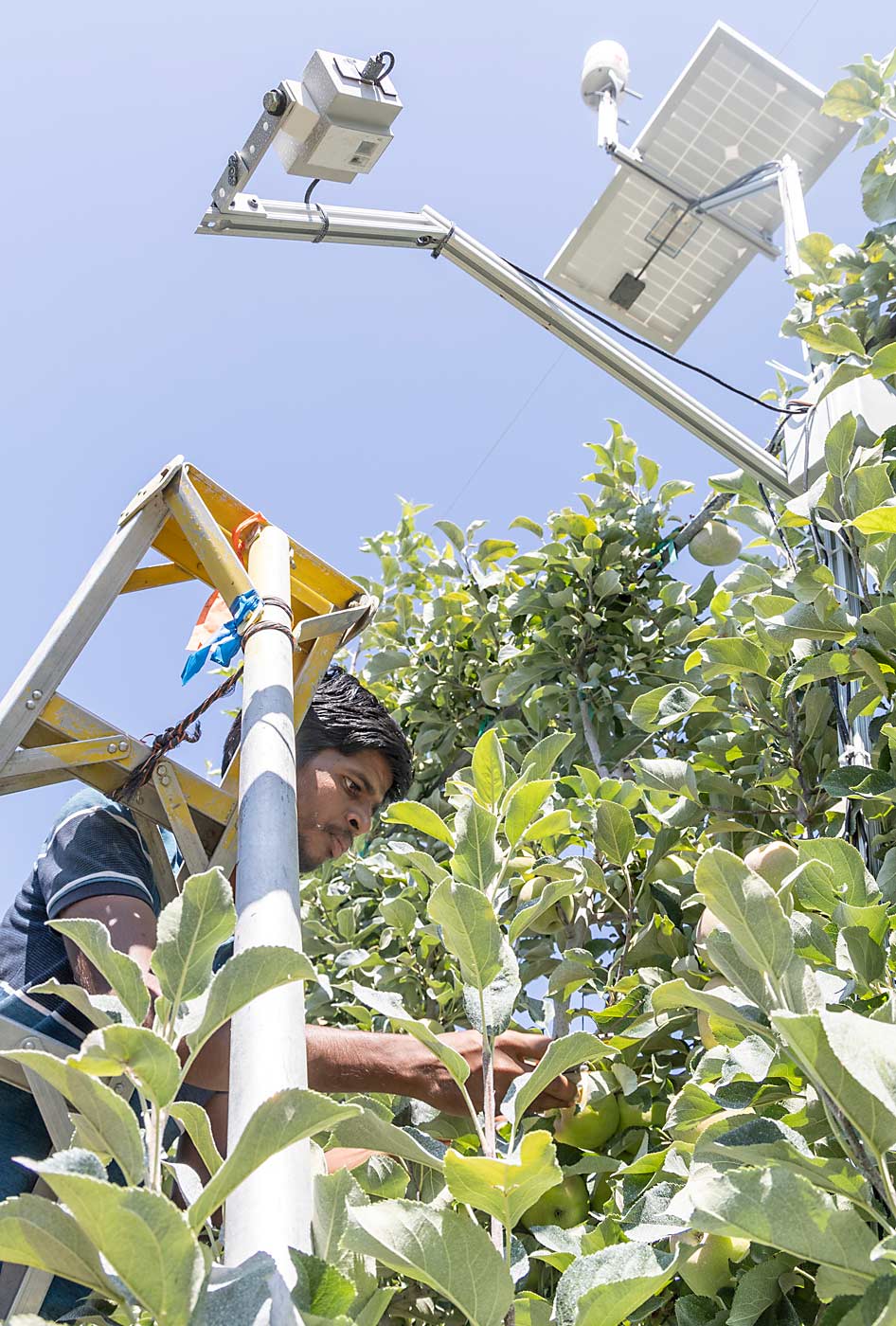
When air temperature exceeds 85 degrees, irrigators across Washington begin to deploy overhead cooling systems to protect apples from heat stress. In a hot summer like 2021, that’s a lot of water and labor — and risk if they don’t get it right.
It’s also a very rough estimate. Wind speed, humidity, sun exposure and cultivar differences all play a role in sunburn susceptibility. So, a team of Washington State University scientists is working to more precisely measure fruit surface temperature using in-canopy sensors that could eventually trigger cooling systems automatically when needed.
Actually, the ability to automate the cooling systems is the easy part, but the research team wants to prove the sensors in a real orchard setting before entrusting them with a task as important as cooling, said Rakesh Ranjan, who recently completed his doctorate degree at WSU and developed the fruit surface temperature sensors.
Now, a larger team is taking this research much further, all with a goal of determining the benefits of managing fruit temperatures through packout. It’s a unique project that involves several research angles: testing and refining two approaches for temperature sensing in the orchard and studying their performance under different cooling systems, which will also be evaluated for their horticultural and postharvest performance. The Washington Tree Fruit Research Commission is funding the large project.
“This project is taking the (sensor) system forward to say, ‘If we are doing the netting or cooling or fogging, how are the fruit surface temperatures responding and what system has the advantage to manage sunburn?’” said Lav Khot, WSU associate professor of biological systems engineering and lead researcher on the project.
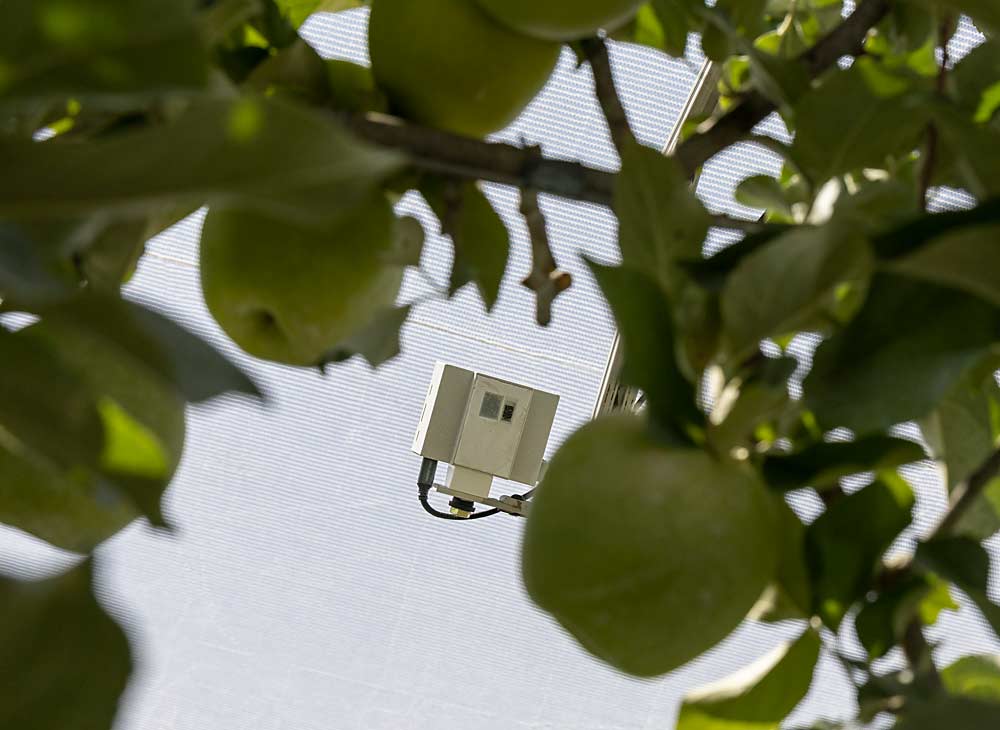
It starts with the sensors
Assessing fruit surface temperature is the key to precision cooling, but there’s more than one way to do it.
WSU irrigation engineer Troy Peters developed a model that uses weather data, including solar radiation, wind speed, humidity and temperature, to better estimate the heat stress on fruit. A beta version of the model is already available on AgWeatherNet, said Khot, who also serves as the director of the weather station network.
That’s one approach the research project is fine-tuning, he said, as the model becomes more valuable when it incorporates fruit size and fruit reflectance to understand how much solar energy the fruit is absorbing, Khot said.
The AgWeatherNet model will allow users to input fruit size and color estimates, he said, but the in-orchard camera sensors can also provide that information automatically and refine the risk model.
That’s where Ranjan’s research can be applied. The camera sensors take both RGB and thermal images. Ranjan said the RGB images are used to differentiate the apples from the canopy, so that they only collect temperature data on the fruit surfaces.
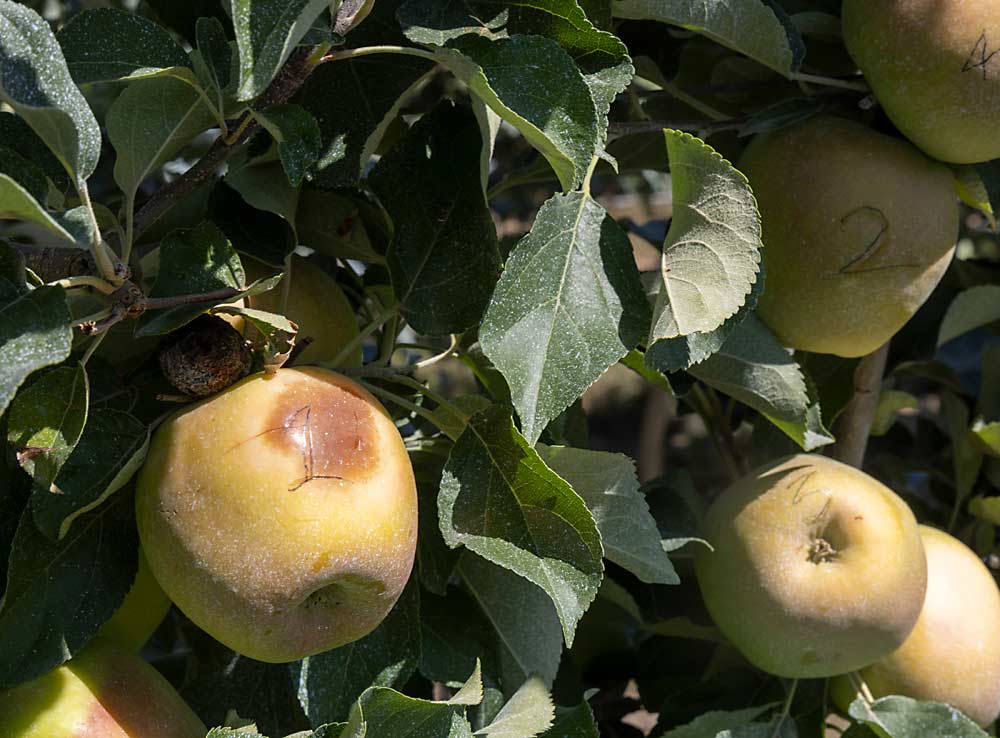
The cameras themselves are off-the-shelf models, but Ranjan and Khot developed algorithms to use camera data to reliably assess fruit surface temperatures in real time. (The sensor development was funded by a joint National Science Foundation and U.S. Department of Agriculture program focused on incorporating digital technology into agriculture.)
They have the technology ready to use either the sensors or the weather model to automate cooling, Khot said, but the team plans to gather more data on both approaches in commercial orchards this year and next, to validate the approach before testing full automation in 2023.
With a set field of view of 10–12 apples, the sensors currently collect data on them every five minutes, Khot said, but the sensors eventually could be mounted to swivel and take data from multiple areas of the canopy.
“Sunburn is a really local effect,” said Basavaraj Amogi, another WSU graduate student working on the project. “The heat damage spreads out from a point, and we don’t know where those points are, so we need to have a map of the fruit.”
The researchers have installed the sensor systems in a commercial block of Honeycrisp and a WSU research block of WA 38, the apple marketed as Cosmic Crisp, under five different cooling treatments: conventional overhead cooling, netting, fogging, fogging under netting, and an unprotected control.
Cooling in context
WSU extension specialist Bernardita Sallato and postharvest physiologist Carolina Torres will assess the effectiveness of the sensors and the pros and cons of each cooling technique, both from horticultural and postharvest perspectives.
Traditional overhead cooling results in a lot of extra irrigation, especially in a hot season, which can increase vigor and disorders such as bitter pit in Honeycrisp, Sallato said, so she’s eager to take advantage of the experimental design to compare both the cooling efficiency and side effects of each approach.
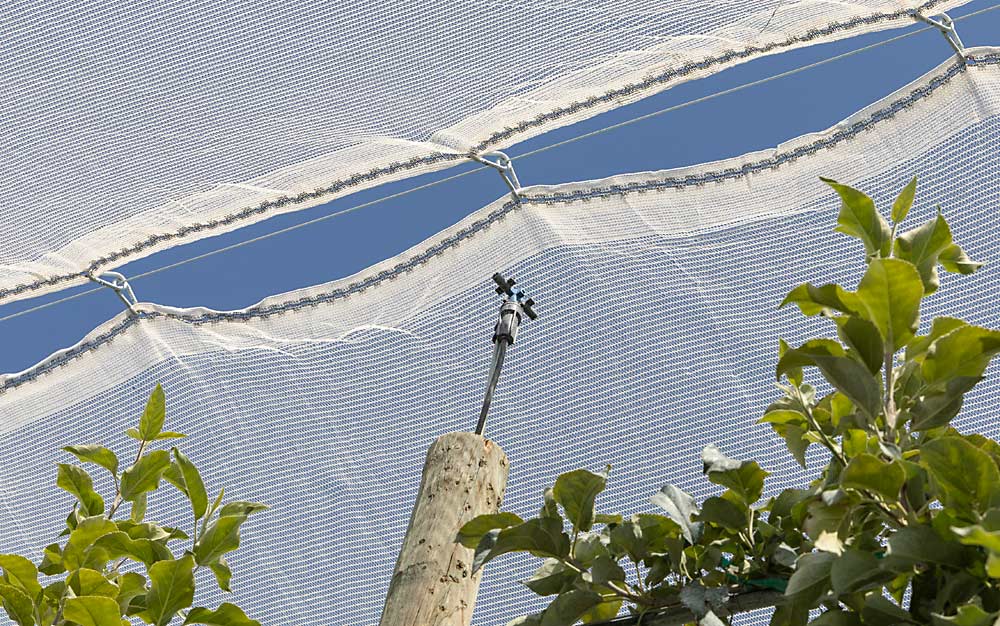
Taking temperature measurements in the orchard, rather than generalizing based on air temperature, makes sense because trees respond to heat stress by taking more water from their roots. Even with the same variety’s heat sensitivity, trees on a more vigorous rootstock can regulate their own temperatures more effectively than can a weaker block, Sallato said, creating different in-canopy conditions under the same ambient air conditions.
“Having a threshold in the trees, not in the environment around the trees, is much more valuable for making a decision for your block,” she said. “The idea is to have that information for your whole system, and the trigger to turn it on and off when it’s needed.”
This project should demonstrate which indicators work best for making those decisions going forward. “It doesn’t mean that all the technology we are putting in there now is what growers are going to need,” she added.
When the Honeycrisp block was harvested in early September, differences between the treatments were already apparent, Sallato said.
But the real value of more precise cooling will be measured in packouts over the months to come, said Torres. Cooling reduces sunburn, but it also reduces the stress on the trees and the fruit, and that has implications for a variety of postharvest challenges.
“What does it mean that I am reducing the orchard 10 degrees Fahrenheit? Yes, I am reducing sunburn, but what else am I doing?” Torres said. Apples grown under hotter conditions tend to have higher metabolic rates, which can lead to more disorders developing during long-term controlled-atmosphere storage.
“We are going to see what is the benefit (of different cooling approaches) on the stress level of those trees on the fruit in storage,” she said. “We have to translate that to the quality throughout the supply chain. It’s critical because we are hoping to store the fruit so long.”
—by Kate Prengaman

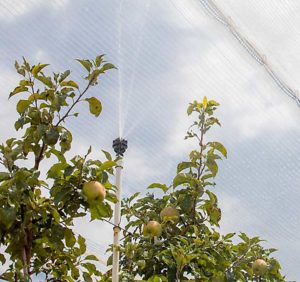
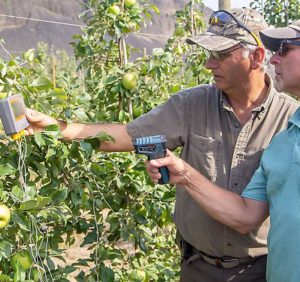
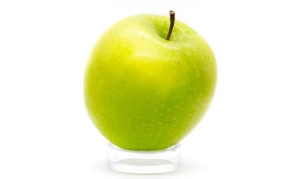





Leave A Comment